L7805CV Pinout, Circuit, Datasheet, and Uses
In electronics, voltage regulation is crucial to ensure stable and reliable operation of various devices. The L7805CV is part of a series of three-terminal voltage regulators. This small yet powerful component is essential for regulating voltage in various electronic circuits. In this comprehensive guide, we'll take a deep dive into the L7805CV pinout, circuit, datasheet, uses, and more details. Everything you need to know about this voltage regulation.

What is L7805CV?
The L7805CV is a three-terminal linear voltage regulator IC housed in a TO-220 package, a variant of the popular 7805 series. It is designed to handle a maximum input voltage of 35 V, deliver a maximum output current of 1.5 A, and maintain a fixed output voltage of 5 V.
One of its key advantages is the ability to provide localized on-card regulation, which helps mitigate issues related to single-point regulation. Additionally, the L7805CV incorporates internal features such as current limiting, thermal shutdown, and safe area protection, ensuring its durability and reliability. With proper heat dissipation, it can deliver output currents exceeding 1 A. While primarily intended for fixed voltage regulation, these ICs can be used with external components to achieve adjustable voltage and current outputs.
The L7805CV and its counterparts offer thermal overload protection, automatically shutting down in case of excessive current flow. An amplifier can be added to increase the output voltage safely, with a minimum voltage increase of 2 V. It is recommended to include additional short circuit protection, such as appropriate resistors and transistors, as the output voltage is adjusted. The datasheet also recommends using a capacitor with the L7805CV to manage any irregularities in current or voltage. An external diode may be required when working with high voltages to ensure proper grounding in certain applications. Despite its thermal shutdown features, preventing short circuits may require additional precautions.
L7805CV Pinout
The L7805CV is a three-terminal positive voltage regulator with the following pins: input, ground, and output.

L7805CV Pin Configuration
| Pin No. | Pin Nmae | Description |
| 1 | Input (V+) | Unregulated Input Voltage |
| 2 | Ground (Gnd) | Connected to Ground |
| 3 | Output (Vo) | Outputs Regulated +5V |
Input (Pin 1)
The input pin, also known as "Vin," is where you connect the unregulated input voltage. The L7805CV accepts an input voltage between 7 and 35 volts. It's important to note that the input voltage should be at least 2 volts higher than the desired output voltage (5 volts in this case) for the regulator to function properly.
Ground (Pin 2)
The ground pin, labeled "GND," is connected to the common ground of the circuit. It is a reference point for the regulator's operation and provides a stable reference potential.
Output (Pin 3)
The output pin, denoted as "Vout," obtains the regulated output voltage of 5 volts. This pin is connected to the positive supply rail of the circuit, providing a constant voltage for powering various components.
Features of L7805CV
• Maximum output current of 1.5 A
• Output voltage options include 5, 6, 8, 8.5, 9, 12, 15, 18, and 24 V
• Accepts input voltages up to 35 V
• Output voltage tolerance of 2%
• Line and load regulation of 100 mV
• Operating temperature ranges from 0°C to 125°C
• Thermal overload protection
• Short circuit protection
• Output transition SOA protection
• 2% output voltage tolerance (A version)
• Guaranteed performance in extended temperature range (A version)
L7805CV Specifications
| Type | Parameter |
| Number of Outputs | 1 |
| Polarity | Positive |
| Output Voltage | 5V |
| Maximum Output Current | 1.5A |
| Maximum Input Voltage | 35V |
| Line Regulation | 100mV |
| 100mV | |
| Maximum Quiescent Current | 8mA |
| Junction to Ambient | 50°C/W |
| Junction to Case | 5°C/W |
| Minimum Operating Temperature | 0°C |
| Maximum Operating Temperature | 125°C |
| Tolerance | 5% |
| Package | TO-220 |
Electrical Characteristics
| Symbol | Parameter | Conditions | Value |
| Vo | Output Voltage | Vin=20V; Io=500mA | 4.8-5.2V |
| △Vv | Line Regulation | 7.5V≤Vin≤20V; Io=0.5A | 50mV |
| △Vi | Load Regulation | 5.0mA≤Io≤1.5A; Vin=10V | 100mV |
| Iq | Quiescent Current | Vin=10V; Io=1.5A | 6.0mA |
| △q1 | Quiescent Current Change | 5.0mA≤Io≤1.0A; Vin=10V | 0.5mA |
| △q2 | Quiescent Current Change | 7V≤Vin≤25V; Io=500mA | 1.3mA |
L7805CV Alternatives/Equivalents
Several options offer similar functionality when looking for alternatives or equivalents to the L7805CV voltage regulator. The 78L05, 78M05, and LT7805 are all suitable replacements depending on specific requirements and availability.
- The 78L05 is a low-power, three-terminal positive voltage regulator with a fixed 5V output. It is compatible with many applications and is commonly used in consumer electronics, industrial automation, and automotive systems where a reliable 5V power supply is needed.
- The 78M05, like the 78L05, is a three-terminal positive voltage regulator that delivers a fixed 5V output. It is designed for applications that require higher output currents than the 78L05, making it suitable for powering more demanding loads such as motors, relays, and LEDs.
- The LT7805 is a high-performance, three-terminal positive voltage regulator that offers superior performance and reliability compared to standard regulators. It provides a fixed 5V output and is designed for applications where precise voltage regulation is critical, such as in instrumentation, communication equipment, and medical devices.
L7805CV CAD Model

L7805CV Block Diagram

L7805CV Schematic Diagram

L7805CV Circuit

Where to Use it & How to Use
The L7805CV 5V regulator is typically used as a fixed voltage regulator, but it can also be used with other components to achieve variable currents and voltages.
To maximize the performance of the L7805CV voltage regulator, follow these steps for proper usage:
- Choose the Right Capacitors: The L7805CV requires input and output capacitors for stable operation. Use a 0.33μF capacitor for the input and a 0.1μF capacitor for the output. These capacitors help reduce voltage ripples and provide transient response.
- Connect the Input Voltage: Connect the unregulated input voltage to the Vin pin (Pin 1) of the L7805CV. Ensure the input voltage is within the acceptable range of 7-35 volts.
- Ground Connection: Connect the ground pin (Pin 2) of the L7805CV to the common ground of your circuit.
- Output Voltage Connection: Connect the output pin (Pin 3) of the L7805CV to the positive supply rail of your circuit. This will provide a regulated 5-volt output.
- Heat Dissipation: The L7805CV can generate heat during operation, especially when handling high currents. To prevent overheating, use a heat sink or provide proper ventilation for the regulator.
By following these guidelines, you can ensure optimal performance and longevity of the L7805CV voltage regulator in your electronic projects.
L7805CV Applications
The L7805CV is a versatile component widely used in various electronic projects because it provides a stable and regulated output voltage. This makes it suitable for a range of applications. Here are some common uses of the L7805CV voltage regulator:
- Powering Microcontrollers: Microcontrollers like Arduino boards require a stable power supply. The L7805CV can regulate the input voltage and provide a reliable 5-volt supply for these microcontrollers.
- Powering Integrated Circuits (ICs): Many ICs, such as operational amplifiers, sensors, and logic gates, require a constant voltage to function properly. The L7805CV ensures a steady power supply, preventing damage to these sensitive components.
- Battery Charger Circuits: The L7805CV can be used to maintain a consistent charging voltage in battery charger circuits. It protects the battery from overcharging, extending its lifespan.
- Audio Amplifiers: Audio amplifiers often need a stable power source to deliver high-quality sound output. The L7805CV regulates the voltage for the amplifier circuit, ensuring optimal performance.
- DIY Electronics Projects: Whether you are building a robot, a home automation system, or any other DIY electronics project, the L7805CV can provide the necessary regulated voltage to power your creation.
L7805CV Datasheet
Download L7805CV Datasheet PDF.
How to Check L7805CV
The L7805CV is a voltage regulator integrated circuit (IC) that provides a stable 5V output from an unregulated input voltage. Here's how you can check an L7805CV:
Before you start:
- Safety first: Ensure the circuit is powered down and all capacitors are discharged before handling any components.
- Gather your tools: You'll need a multimeter set to DC voltage mode.
- Identify the L7805CV: Locate the L7805CV chip in the circuit. It's usually a small, three-pin TO-92 package with a metal tab.
Checking the L7805CV:
1. Input Voltage:
- Set your multimeter to DC voltage mode.
- Touch the black probe to the Input pin (usually pin 1) of the L7805CV.
- Touch the red probe to the ground pin (usually pin 2) of the L7805CV.
- The multimeter should display the input voltage to the L7805CV. This should be within the acceptable range specified in the datasheet (typically 7V to 20V).
2. Output Voltage:
- Move the red probe to the Output pin (usually pin 3) of the L7805CV.
- The multimeter should display the output voltage, which should be close to 5V (within a tolerance of about 5%).
Interpreting the Results:
- If the input voltage is within the acceptable range and the output voltage is close to 5V, the L7805CV is likely functioning correctly.
- If the input voltage is correct but the output voltage is significantly different from 5V, the L7805CV may be faulty.
- If the input voltage is incorrect or the L7805CV shows signs of physical damage (e.g., burn marks), it's likely faulty.
Important Note:
While these steps can provide a basic check of the L7805CV, it's important to consult the specific datasheet for the particular L7805CV variant you're dealing with, as pin configurations and functionalities might differ slightly. Additionally, it's recommended to seek assistance from a qualified electronics professional for advanced troubleshooting or repairs.
L7805CV vs. LM7805
The L7805CV and LM7805CT/NOPB are both fixed positive single-output standard regulators, but they have some key differences:
- Input voltage: The L7805CV has a maximum input voltage of 25 V, whereas the LM7805CT/NOPB has a maximum input voltage of 30 V.
- Terminal finish: The L7805CV has a nickel palladium gold terminal finish, while the LM7805CT/NOPB has a matte tin terminal finish.
- Current capacity: The L7805CV can handle 1.5A, while the LM7805 can handle more than 1A.
The LM7805 is a voltage regulator that outputs +5 volts. It is a three-pin IC with an input pin, a ground pin, and an output pin. The LM prefix indicates that the component is manufactured by National Semiconductor (now a part of Texas Instruments).
On the other hand, the L7805CV is a TO-220 three-pin linear regulator with a maximum input voltage of 35 V, a maximum output current of 1.5 A, and a fixed output voltage of 5 V. It has a metal tab, which is different from the all-plastic package of the L7805CP.
Conclusion
In summary, the L7805CV is a versatile and dependable voltage regulator commonly utilized in electronic circuits to deliver a stable 5V output. Its simplicity, broad input voltage range, and protective capabilities make it a favored option among hobbyists and experts. By grasping its pinout and adhering to the usage instructions, you can seamlessly integrate the L7805CV into your electronic endeavors. So, when you require a regulated power supply, consider the L7805CV for smooth and dependable operation.
Read More
FAQ
-
What type of transistor is L7805CV?
The L7805CV transistor is a type of voltage regulator in TO-220.
-
What is L7805CV used for?
The L7805CV is frequently employed in electronic circuits to maintain a stable power supply and safeguard sensitive components against voltage fluctuations.
-
How does 7805 regulate voltage?
The 7805 IC provides a regulated +5V DC power supply. It includes a provision for attaching a heat sink. The input voltage range for this voltage regulator is up to 35V. The IC ensures a constant 5V output for input voltages less than or equal to 35V, the threshold limit.
-
What is the maximum input voltage of L7805CV?
35 V.
-
What is the input current of L7805CV?
The maximum output current is 1.5 A.
-
What is the difference between LM7805 and 7805?
LM7805 refers to the 7805 devices manufactured by "LM."
-
How do I test an L7805CV with a multimeter?
Activate the DC power supply and set the output voltage to around 8V or slightly higher. Alternatively, you can use a 9V-12V battery as the voltage source. Monitor the voltmeter panel while adjusting the voltage. Prepare a DC voltmeter set to the 50V range to measure the output voltage of the IC 7805.
-
How to tell if a voltage regulator is bad with a multimeter?
If the voltage exceeds 14.5 volts, it likely indicates a faulty regulator.

 Prof. David Reynolds
Prof. David Reynolds
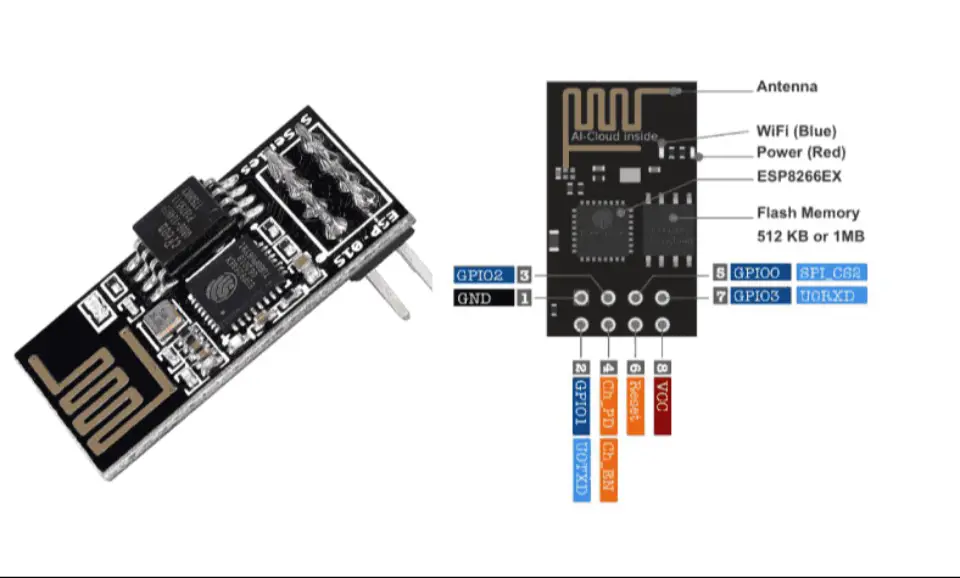
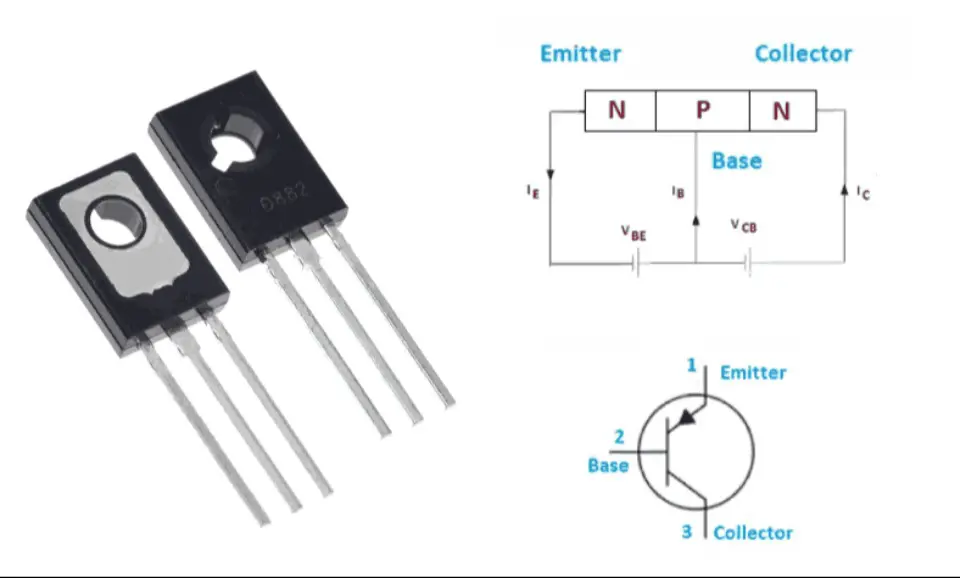
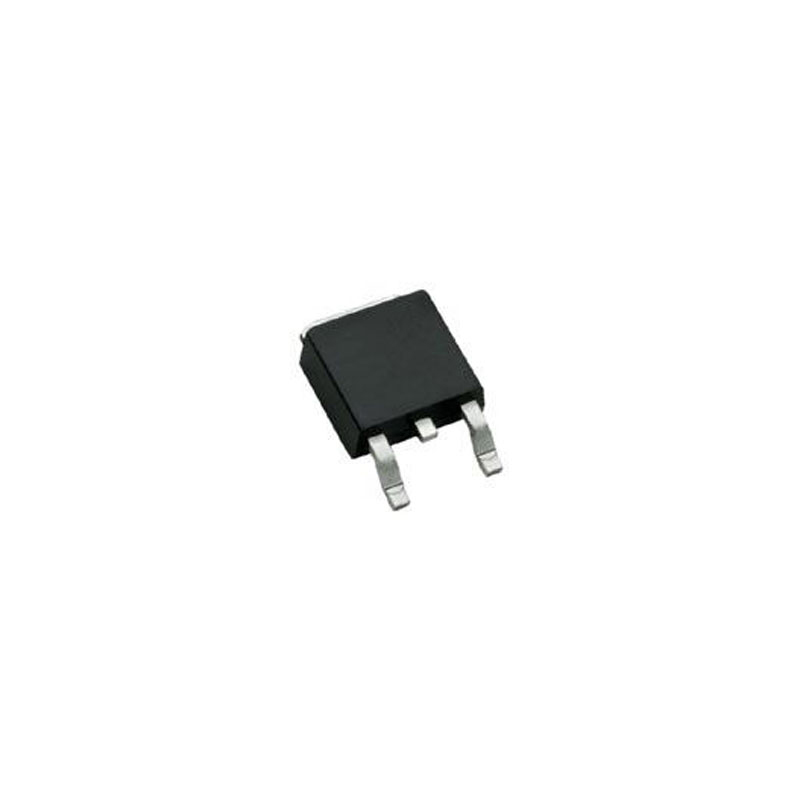
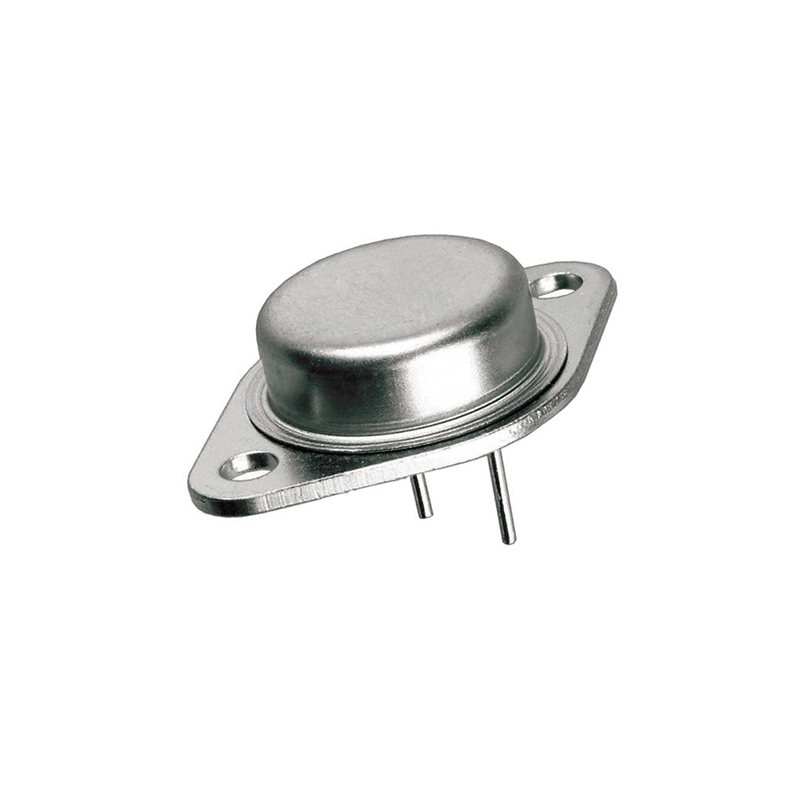
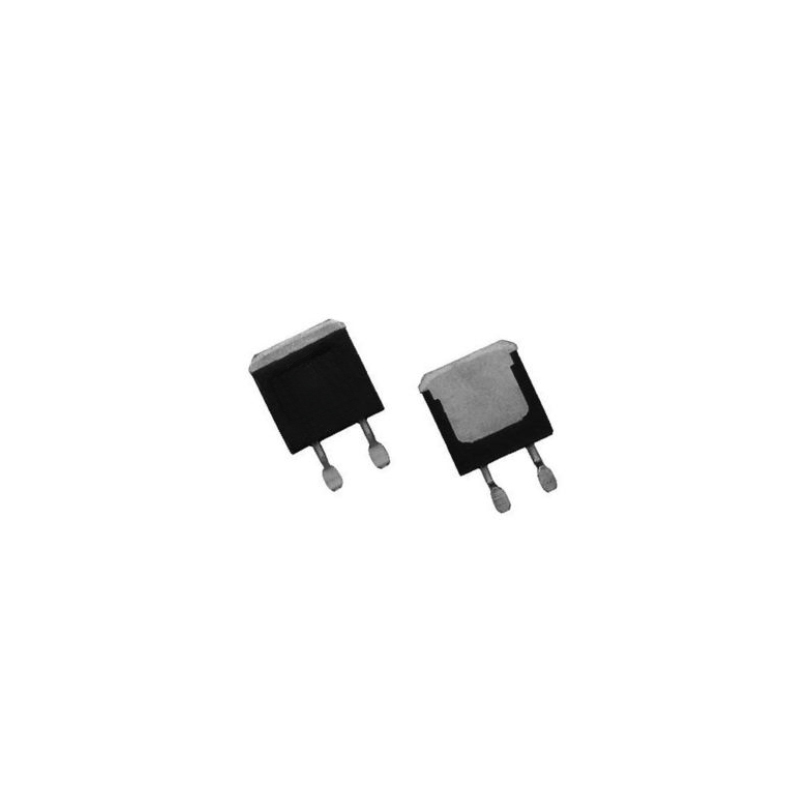
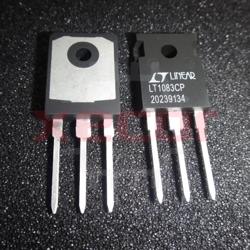
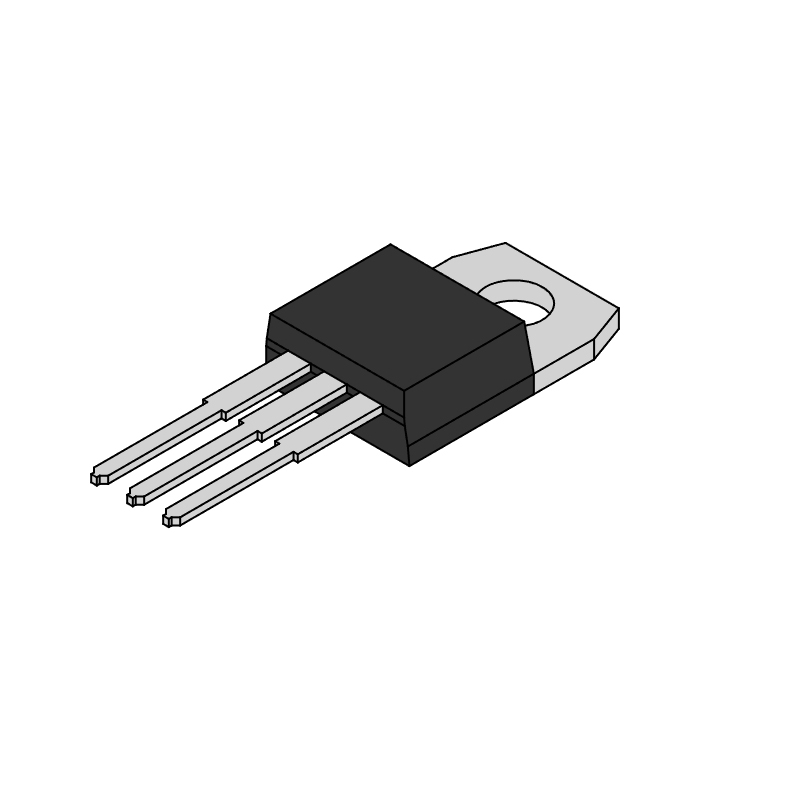
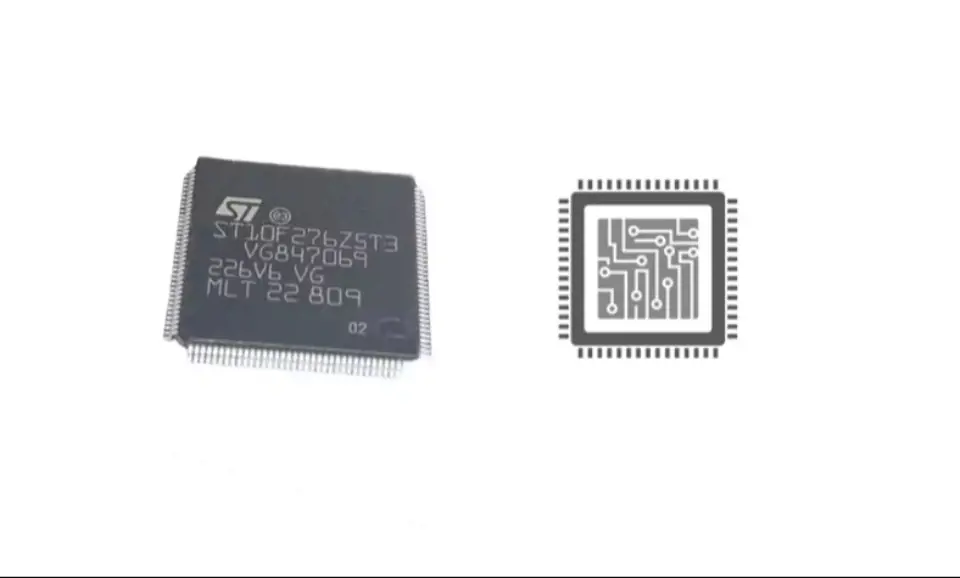
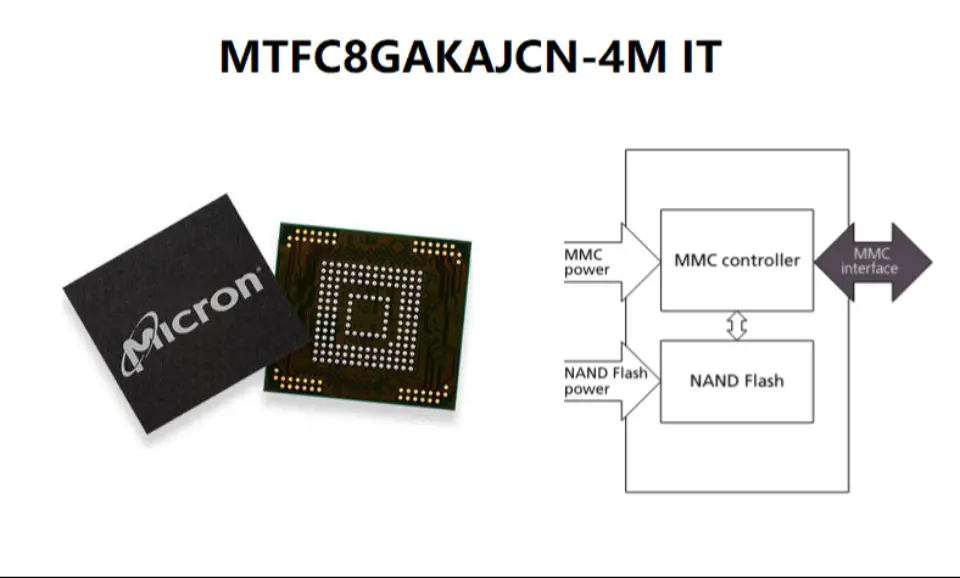
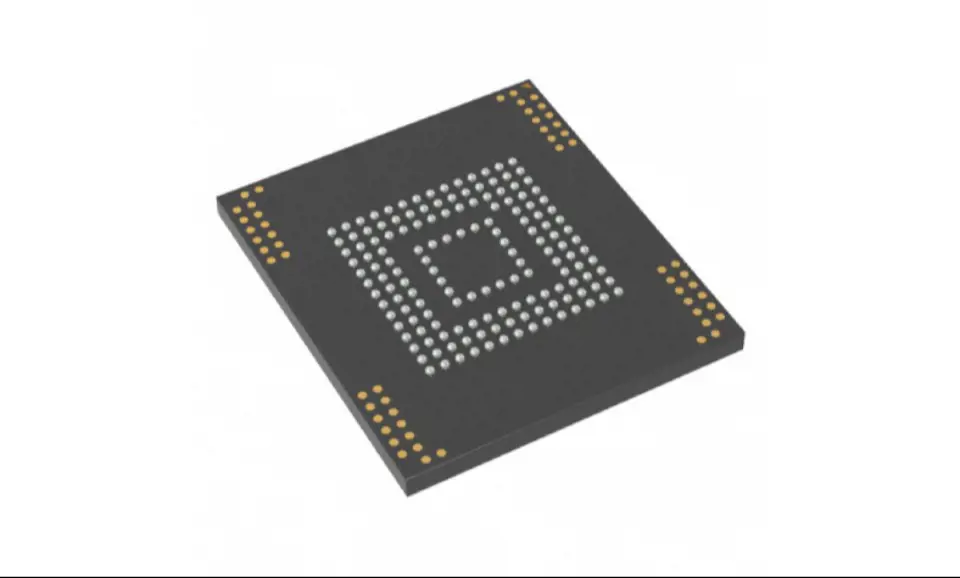
Still, need help? Contact Us: [email protected]